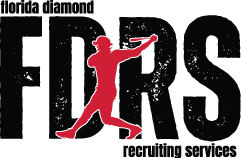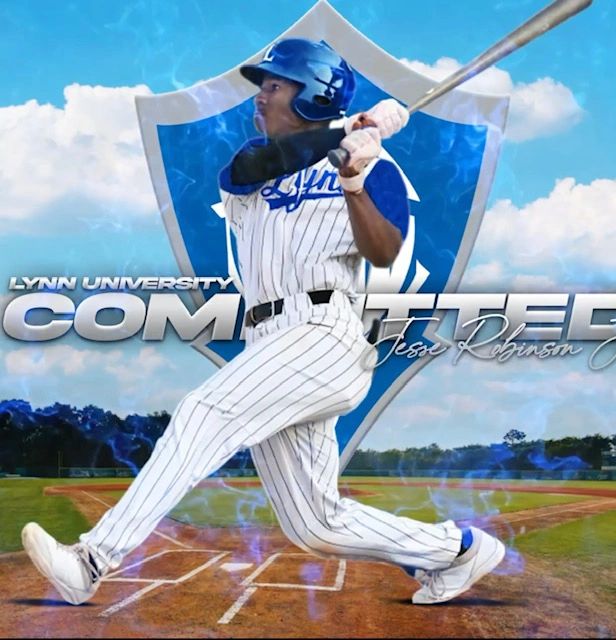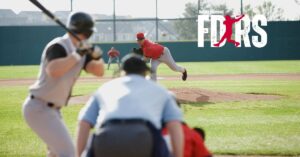📍Located in Fort Lauderdale, Florida

Welcome to our first blog post! The purpose is to inform and educate players and families about the college baseball recruiting process.

The Summer of 2023 was full of changes to how college baseball coaches went about the evaluation of high school players.
The rule change for D1 baseball that went into effect this past April of when contact can be made with a high school student athlete slowed down the process for all involved beginning with the 2025 graduating class. This model was based off of how college softball went through a similar contact timeline change back in 2018. The rule now states that high school baseball student athletes are not permitted to have any type of verbal and/or texting contact prior to August 1st of their junior year. A player may still email a coach with information about themselves, but the school/coach may only respond with a general acknowledgment of receipt along with providing upcoming camp information. A coach may still receive general information about a player, (the information gathering stage), from a third party. In receiving any player information, at no time may recruiting and/or a scholarship offer be discussed.
Keeping all this in mind, the 2025 class became the focal point of summer evaluations for college coaches at the D1 level. What coaches were not able to do was to get to know a player on a personal level, a vital component of the process for both player and coach alike. With a coach now able to call/text a player as of August 1st of their junior year, they still need to get to know that player/meet him, etc. Same goes for the player and the coach/school. I believe a large majority of players were not only expecting calls and text messages on August 1st, but offers as well. In many cases, calls and text messages came in, but absent of true offers. This personal component of the recruiting process has led to the advent/onset of Prospect Camps during August and continuing throughout the Fall contact and quiet periods. Allowing both player and coach to meet in person and get a better feel for the overall potential fit on both sides. There is also nothing better from an evaluation standpoint than an up close and personal look, especially in a controlled environment. Additionally, September 1st of the student athletes junior year are when official visits can begin.
The Transfer Portal and its impact on summer recruiting were also evident. While some events/tournaments were heavily attended by the college coaching community, others were clearly not. Coaches had to spend a considerable amount of time evaluating those players in the portal, along with hosting portal players on campus visits. I had one recruiting coordinator tell me that they were going to have to go deeper into the summer to evaluate high school players and into the fall, because of the amount of time spent with managing the portal for potential new players to their program, along with their own players entering or potentially entering the portal.
The Summer of 2023 was a very fluid learning process for both coach/school and players and their families alike. All involved were navigating unchartered waters. In the end, we learned the renewed or recharged emphasis on campus prospect camps, and there important role in the process. In addition, the early part of the Fall of the student athletes junior year, which in the past was considered late in the process in most cases, is now on a normal timeline in the process. The slowdown created by this rule change back in April, should benefit both player and school in the long run. Early recruiting decisions in 8th/9th/10th grade do not have to be made anymore by player or school. The end result moving forward should hopefully be a more complete evaluation and projection of the player along with a less hurried, uneducated, and rash decision on the players and families part.






